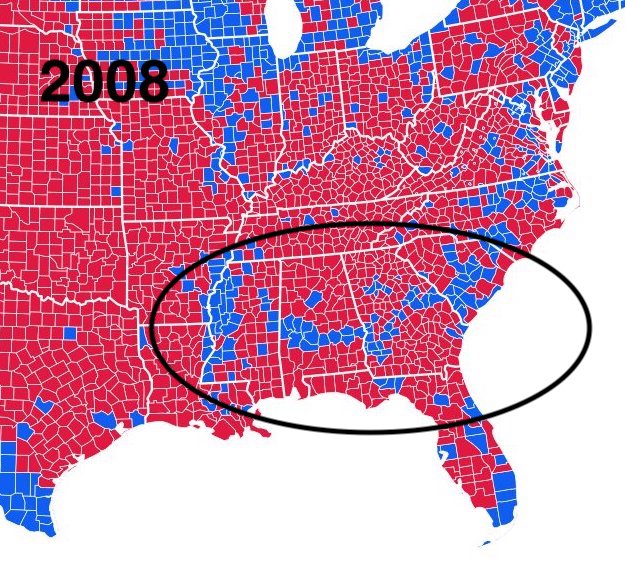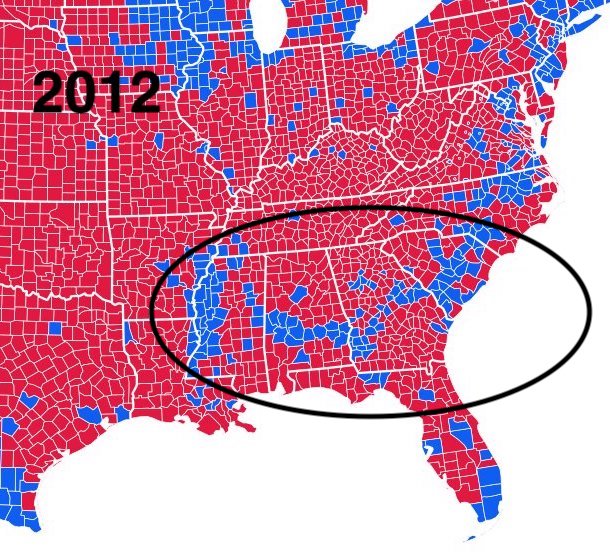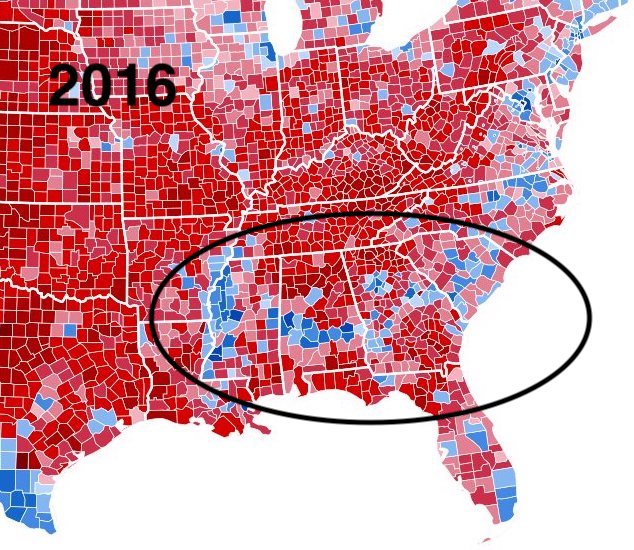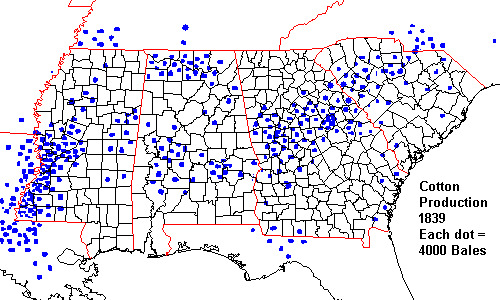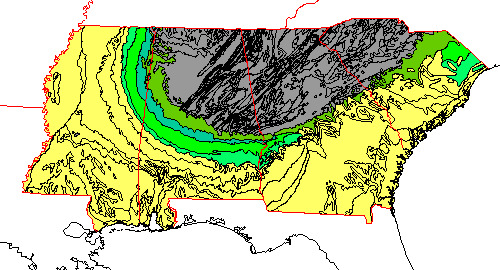Diverse data can keep us updated on current events, informed about natural disasters, and entertained… but it also has the power to tell stories that span across centuries.
Take the case of a recurring, curious ‘blue swoosh’ of Democratic voters in the United States’ traditionally Republican deep south. The shape and location of this swoosh match up nearly exactly with the shape of the ancient shoreline that once existed in the same place. Using historic political results, population data, and geographic features, researchers have shown a link between ancient plankton and modern electoral dynamics.
Image courtesy of Inqvisitor & Ali Zifan CC BY-SA 4.0
n a Twitter thread following the 2020 US Presidential election, RadioLab co-host Latif Nasser outlined how, after national elections, a ‘blue swoosh’ of pro-Democrat counties cuts through the otherwise deep-red of the American South. That swoosh just so happens to correspond with another swoosh – an area of land known as “the black belt” which originally referred to the region’s rich, black topsoil and ideal farmland.
Images courtesy of Dr. Steven Dutch, University of Wisconsin-Green Bay
Nasser credits Robert Krulwich with the insight, thanks to his 2012 NPR article, Obama’s Secret Weapon In The South: Small, Dead, But Still Kickin’. Krulwich was hardly the first to notice the electoral quirk, however. In a 2002 article, Steven Dutch, Professor Emeritus, Natural and Applied Sciences at University of Wisconsin Green Bay found his interest piqued by the subject.
In the 2000 contest between Republican George W. Bush and Democrat Al Gore, Dutch noticed the arc-shaped island of support for Gore in the otherwise deep red south. He also noticed that Gore support corresponded almost exactly to a band of rock outcroppings, which he proved by overlaying a geologic map and a map of election results. Using population data, county boundaries, election results, and earth-science features, he was able to convincingly show a correlation between ancient geology and contemporary human politics.
As a geologist, Dutch knew that millions of years ago, what is known today as the USA’s “deep south” was a shoreline populated with an abundance of plankton with carbonate skeletons. When they died, their bodies sank, and over millennia, they became chalk. Then sea levels dropped, and the seafloor became land. The chalk became rich, fertile soil – perfect for growing cotton. And it was only located in the ‘swoosh’ zone.
When plantation owners flooded into the area to make use of its soil, they brought scores of slaves with them to do the actual work. Slavery was eventually abolished, but many ex-slaves continued to live where they were. As a result, enough Black voters live in those counties to sway election results as a bloc. This is where scientists believe the ‘blue swoosh’ comes from.
Without those plankton, forced migration into that area would look vastly different. Without diverse data and GIS, the complete picture of their unwitting influence may have never come to light.

